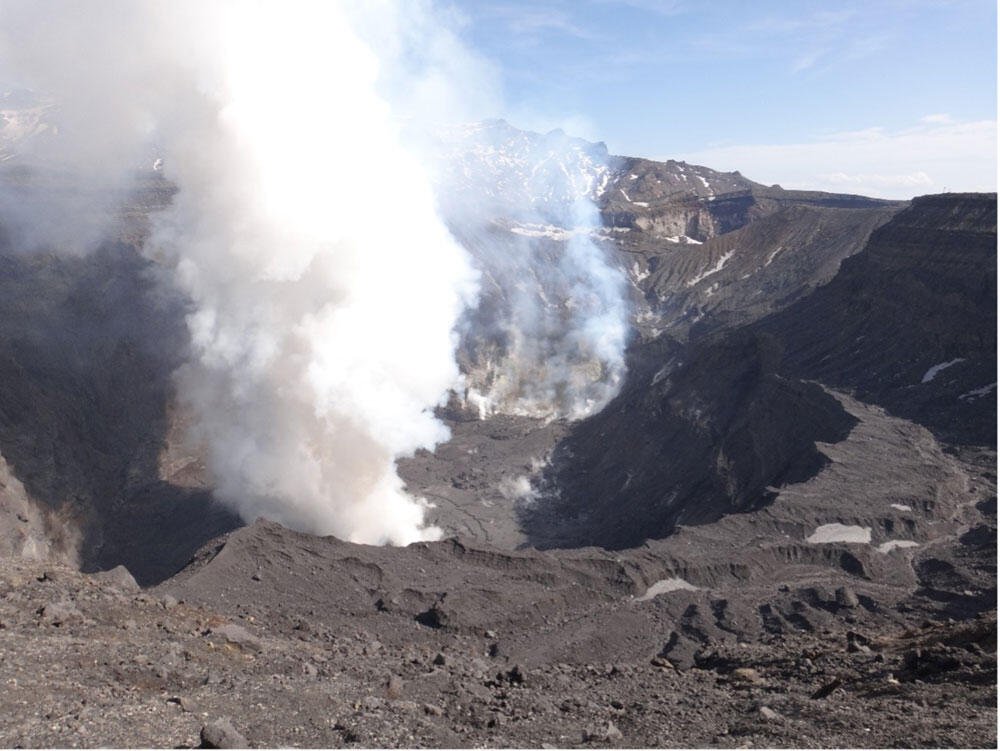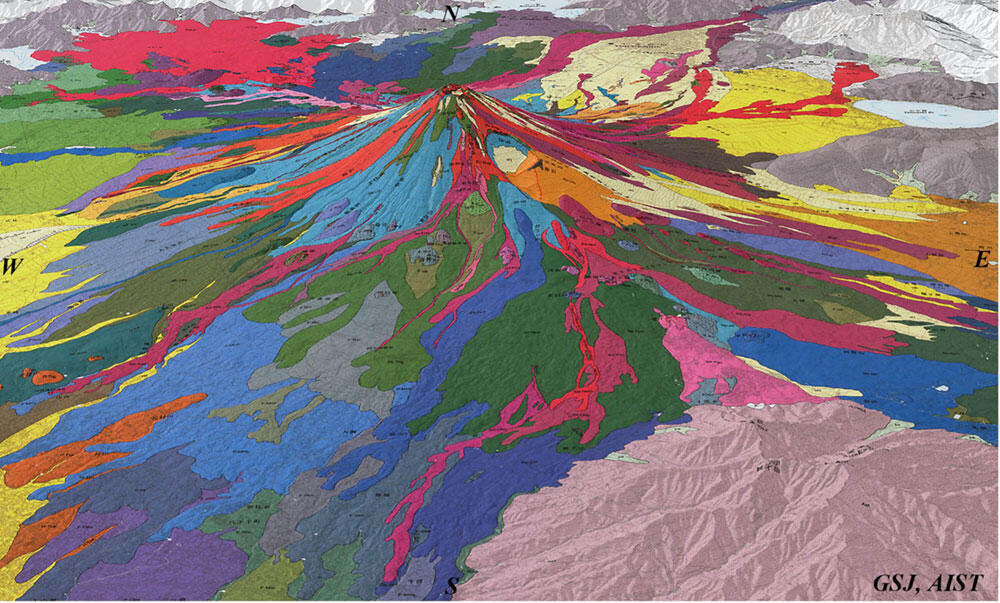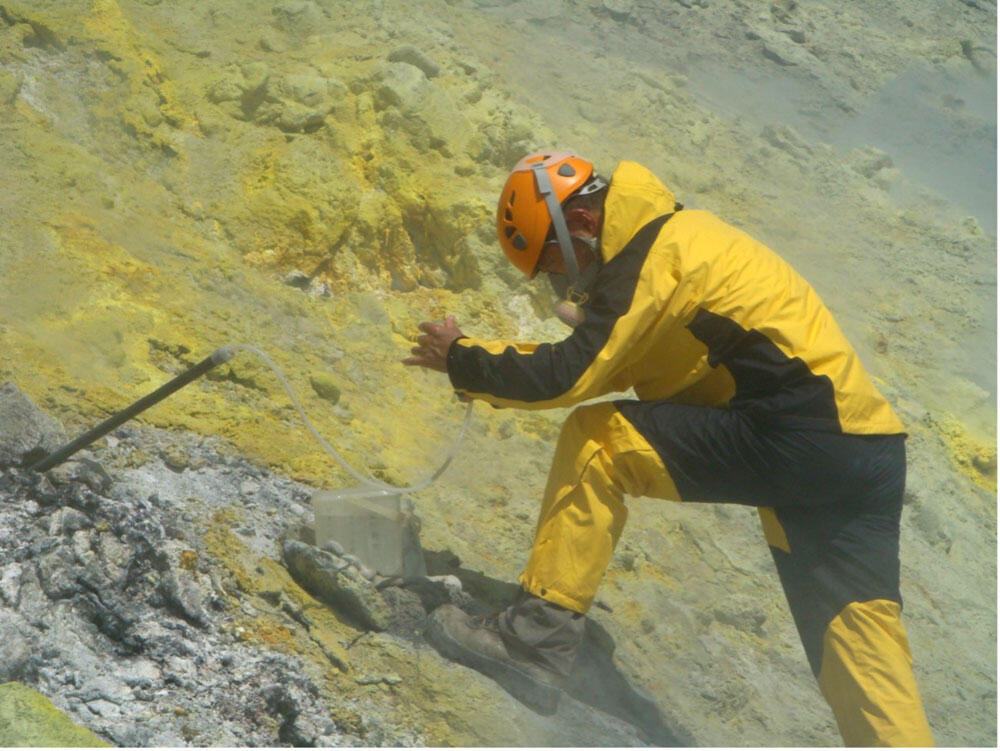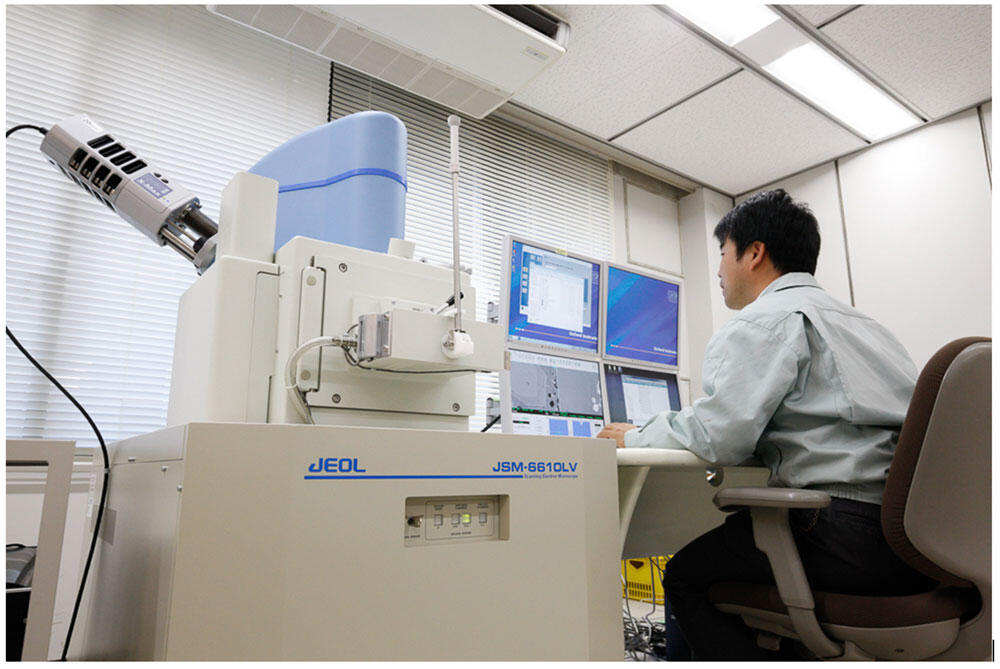Collect Data on the Whole Volcano
-Know our Volcanoes and Live with them-
Last Updated: April 13, 2021
Volcanoes give us two opposite things: benefits and disasters. To mitigate the disaster aspect, we need to estimate the eruption sequences of volcanoes. The Geological Survey of Japan is promoting research based on past eruption records and the mechanisms of volcanic eruption.
To obtain eruption records, we make detailed field surveys over the whole area of a volcano on foot—not just localized surveys. We collect information from the entire mountain. We also conduct petrological studies of magma and observations of volcanic gas to elucidate the characteristics and ascent mechanisms of the magma causing an eruption and to understand the process of separation of magma and gas.
Characteristics of individual volcanoes
Mt. Fuji is the highest volcano in Japan and is located close to metropolitan areas. This is why its future eruptions are of great concern from the perspective of disaster prevention. For more than 20 years, we have been studying Mt. Fuji to determine the various past behaviors of the volcano. We have conducted detailed surface geological surveys and drillings, as well as dating, and we have compiled the results into the Geological Map of Fuji Volcano. The geological map should be useful for creating hazard maps and evaluating the behavior sequence when Mt. Fuji shows signs of volcanic activity.
We plan to run similar surveys and studies of other major active volcanoes in Japan one by one, and we will keep studying the mechanisms that control volcanic eruptions and the sequence of volcanic eruptions. We have compiled a volcano map as “Volcanoes of Japan”, and are currently compiling a Volcano Database so that Internet users can look up the characteristics of each volcano and its distribution in an easy-to-see format.
Nakadake Crater, Aso Volcano
Three-dimensional geological map for Fuji Volcano viewed from the south
Sampling of high-temperature (800 °C) volcanic gases into a vacuum glass bottle at Satsuma-Iwojima Volcano
Texture analyses of volcanic ejecta by using a scanning electron microscope
(Photo by YASUTOMO Yasuhiro/GSJ)





